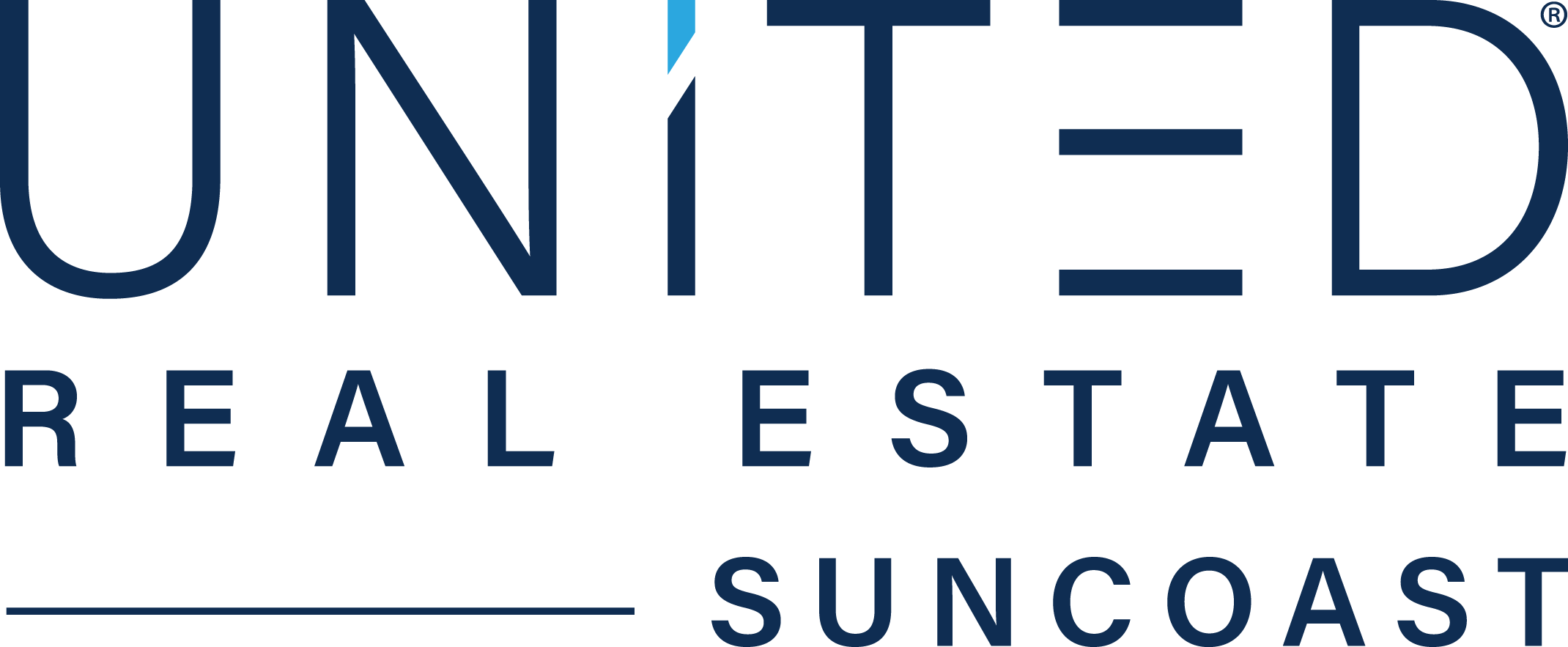NEW YORK — Business expenses are the ordinary and necessary costs required to run a business. Any money spent in the name of doing business can be categorized as a business expense.
Every company incurs expenses in the course of doing business. Common examples of business expenses include the cost of goods and services, everyday operating expenses like payroll and rent, and countless others.
Organizing all your expenses into business expense categories ensures you know exactly how your business spends money. This makes it easier to plan budgets, control costs, and claim all your eligible business tax deductions on your income tax returns.
In this guide, Ramp explains what qualifies as a deductible business expense, breaks down how to categorize business expenses, and lists 35 common expense categories for businesses of any size, in addition to sharing some helpful tips to automate expense categorization.
What is a business expense?
Because business expenses are tax-deductible, it’s important to understand exactly how the Internal Revenue Service, or IRS, defines them. According to the IRS, business expenses are ordinary and necessary costs incurred to run a business. Here’s what that means:
1. Ordinary: Common expenses for businesses in an industry.
2. Necessary: Expenses needed to operate a business, even if they aren’t indispensable.
Business expenses are sometimes called deductions because they are subtracted from revenue to determine taxable income. As such, they are recorded on a business income statement.
How are business expenses categorized?
The three main types of expenses are direct costs, indirect costs and depreciation expenses. These can be further grouped into various expense categories, including payroll, employee benefits, general and administrative (G&A) expenses, marketing and advertising, research and development and payments for professional services.
The key is to categorize expenses in a way that reflects a business’s structure — that is, by department and spend management needs. For example, expenses can be classified by type, like “G&A” and “Research and Development,” and then sorted by department, like “Marketing” and “Engineering.”
Small business owners often struggle with expense categorization, but there’s no need to overcomplicate the process. Keep expense categories general and limit the number of general ledger accounts. Use custom fields to capture the who, what, where and why of each transaction to easily sort or reclassify them as needed.
For example, for internal purposes, it’s only necessary to know that an employee made a meal purchase. But to deduct the expense as a business meal come tax time, it’s key to know if the employee ate alone, with a team, or with a client and what was discussed.
35 business expense categories to know
Not sure where to start with creating business expense categories? Here are 35 common business expense categories for businesses of all sizes. Of course, these can be tailored to any company’s structure and business operations:
1. Employee benefits
A company’s payments toward employee benefits like health insurance, retirement plans, life insurance and home office expenses.
2. General and administrative (G&A) expenses
This category includes office supplies like computers, pens, and paper, cleaning services for your office space, and other miscellaneous office expenses. Website hosting and domain payments may fall into this category as well.
3. Rent and leases
Any rent or lease payments made toward renting office space, equipment, a warehouse, or vehicles.
4. Marketing and advertising
Anything that covers the cost of directly promoting or marketing a business.
5. Employee training
This category covers skills training for employees, provided the training is for job-related skills.
6. Research and development (R&D)
Costs related to developing and improving products, including expenses for software directly necessary for developing and testing a product.
7. Legal and professional services
This category includes payments to agencies or contractors — for example, the money spent on PR agencies, headhunters, freelance designers, CPA services, tax preparation and legal fees.
8. Utilities
Utilities such as electricity, water, gas and sewage for commercial space. For those who work from a home office, a portion of utilities can be deducted here relative to how much of a home is used for business purposes.
9. Salaries and wages
This category includes all payments to employees, including salaries, wages, bonuses and commissions.
10. Insurance
Business insurance premiums, including general liability, malpractice, and commercial real estate or property insurance, typically have their own dedicated expense category.
11. Travel expenses
Lodging, airfare, travel insurance, and other costs related to business travel go in this category. These expenses are typically fully deductible, but note that only 50% of the cost of meals can be deducted, even while traveling.
12. Depreciation
Expenses related to the depreciation of business assets, such as equipment, vehicles and buildings.
13. Maintenance and repairs
Any costs incurred to maintain and repair necessary business equipment, vehicles and facilities.
14. Taxes and licenses
Business property taxes, permits, and licenses required to operate legally. Examples include construction permits or licenses to practice law or medicine in a state.
15. Continuing education
Educational expenses for seminars, workshops and conferences that promote ongoing education. Educational materials like books fall into this category as well.
16. Software
Business software is usually a tax-deductible business expense category. This includes subscription costs or the outright cost to own the software, including accounting or project management tools.
17. Interest
Interest payments on business loans, business credit cards, lines of credit, debt or mortgages.
18. Dues and subscriptions
Paid subscriptions for industry magazines or academic journals related to a business, as well as dues or membership fees for trade associations.
19. Shipping and postage
Postage or freight costs incurred to ship products, including stamps or postage for sending business-related mail. However, envelopes and packing materials would generally go in the G&A category.
20. Charitable contributions
Donations made to charitable organizations can be deducted, provided they meet the most current IRS requirements.
21. Business use of vehicles
Fuel, maintenance, insurance and other car expenses are all business expenses, provided the vehicle is used exclusively for business purposes. The IRS standard mileage rate can also be deducted.
22. Employee meals and entertainment
This is a common business expense category, but note that only up to 50% of the cost of business meals and entertainment expenses can be deducted.
23. Collection fees
This category covers any costs related to hiring a third party to collect on a bad debt expense.
24. Printing
This category can include ink cartridges, physical printers or payments for printing services — for example, for direct-mail marketing campaigns.
25. Startup costs
A limited portion of the costs associated with starting a small business may be deductible. These costs might include market research, employee training, business development and other related expenses.
26. Moving expenses
For those who have moved more than 50 miles from their previous location for work-related purposes, 100% of moving costs can be deducted.
27. Security
Expenses related to security systems and personnel for a business.
28. Equipment maintenance contracts
Active contracts for the maintenance of business equipment.
29. Inventory
This category includes the cost of goods sold, including raw materials, finished products and inventory management expenses.
30. Employee transportation benefits
If transportation benefits are provided to employees, his expense category can be deducted come tax time.
31. Pension contributions
Any contributions to employee pension plans go in their own business expense category.
32. Employee assistance programs
Programs to support employees’ well-being in the workplace or their personal lives.
33. Gifts
Business-related gifts to clients, employees, or vendors are considered business expenses so long as the purpose of the gift is to promote business relations.
34. Bank fees
Expenses related to banking, including monthly service fees for a business’s bank account.
35. Telecommunications
The cost of business phone and internet services.
How to make sure expense categories are correct
Once categories that align with internal finance needs and IRS compliance have been determined, enforcing categorization comes next. Manually processing expenses has proven unreliable and time-consuming. Here’s how to ensure expenses are consistently and correctly categorized.
Expense management software can help automate expense mapping and categorization. Software that integrates with modern business expense cards adds another layer of control by providing customizable rules for every business expense.
Custom reporting workflows guarantee consistent documentation by prompting employees throughout the transaction process. Employees are immediately prompted via SMS or email to submit documentation for every transaction.
Once documentation is submitted, automated receipt matching ties it to the corresponding expense and prompts the employee to complete a memo. The expense management software then uses automation and AI to categorize the expenses and sync the information with bookkeeping or accounting software.
Copyright © 2024 North Country This Week, All rights reserved.


